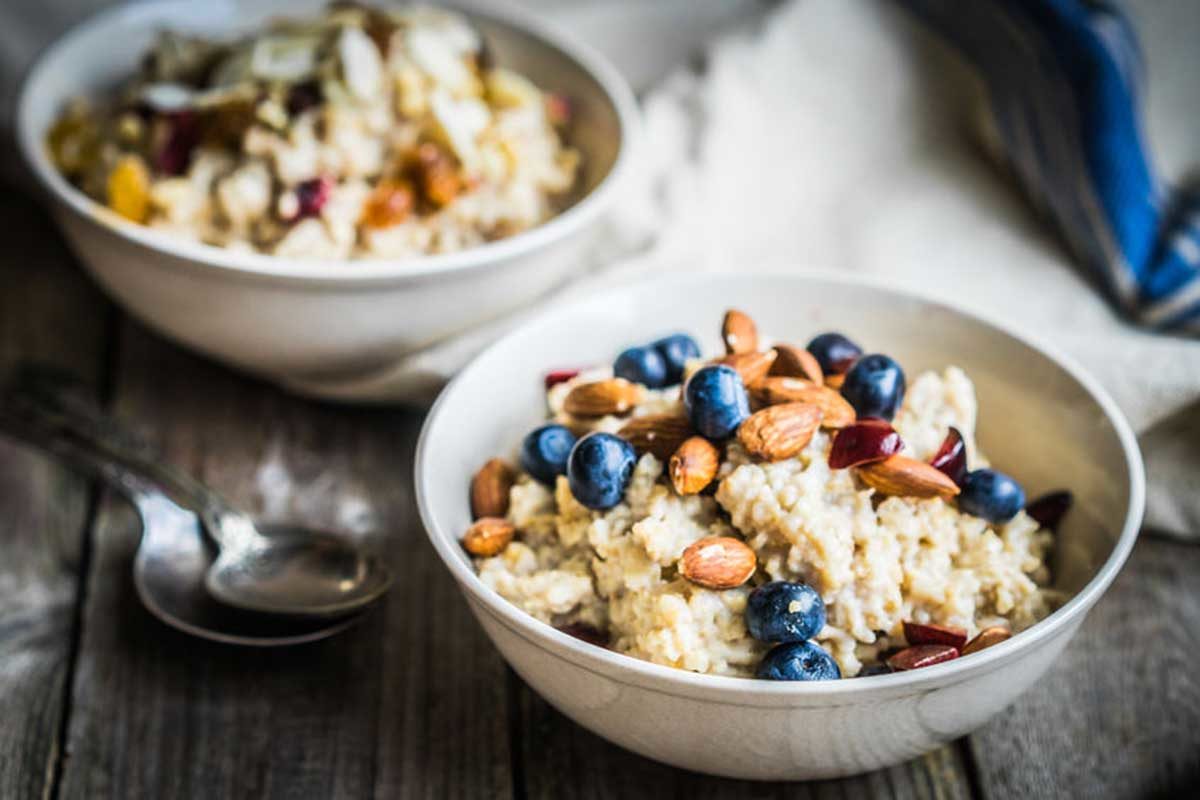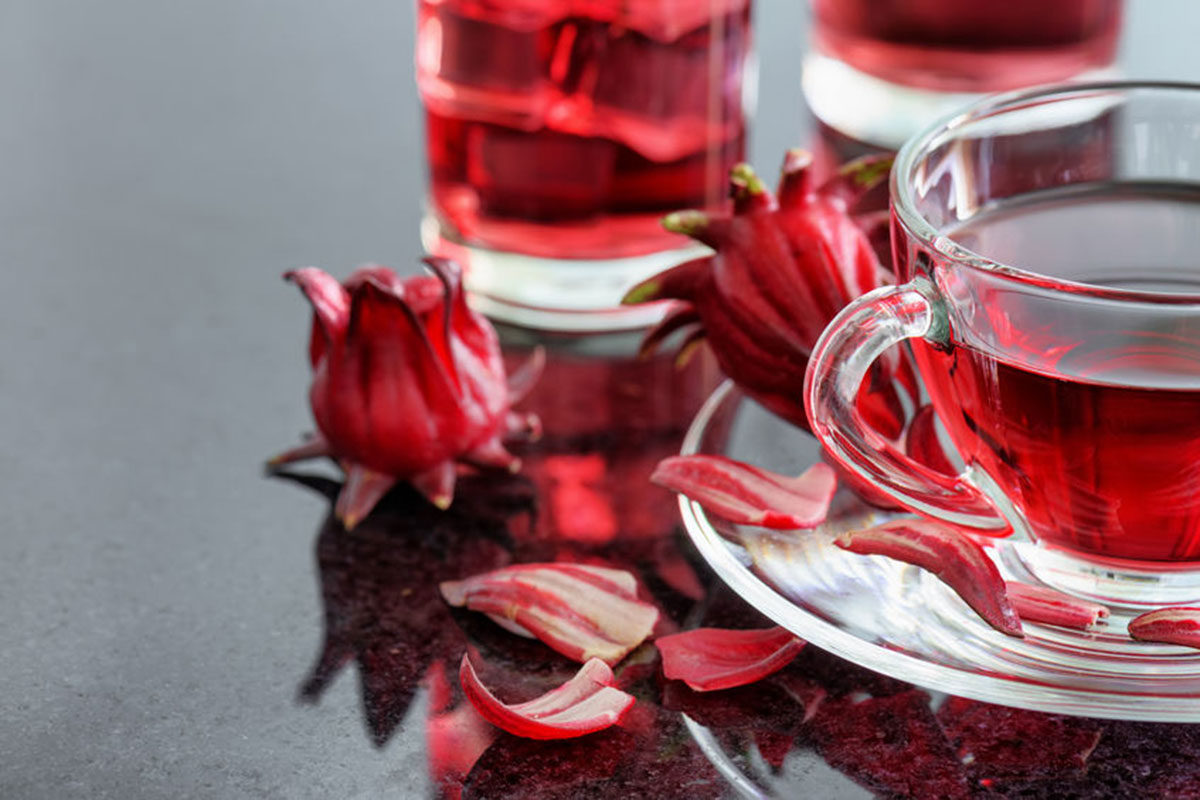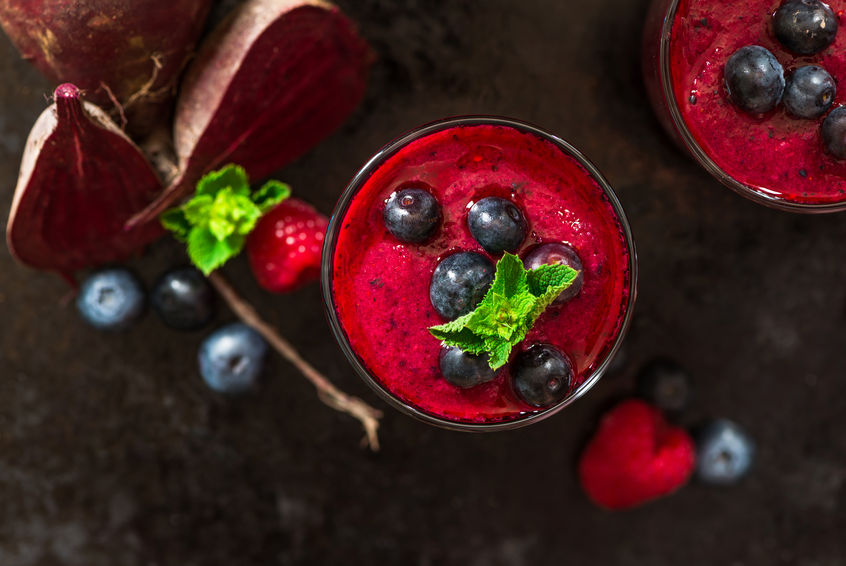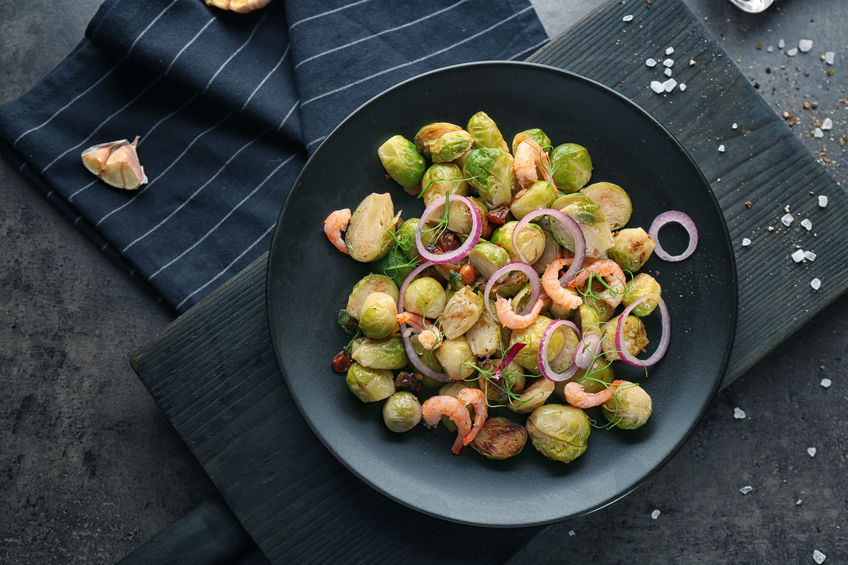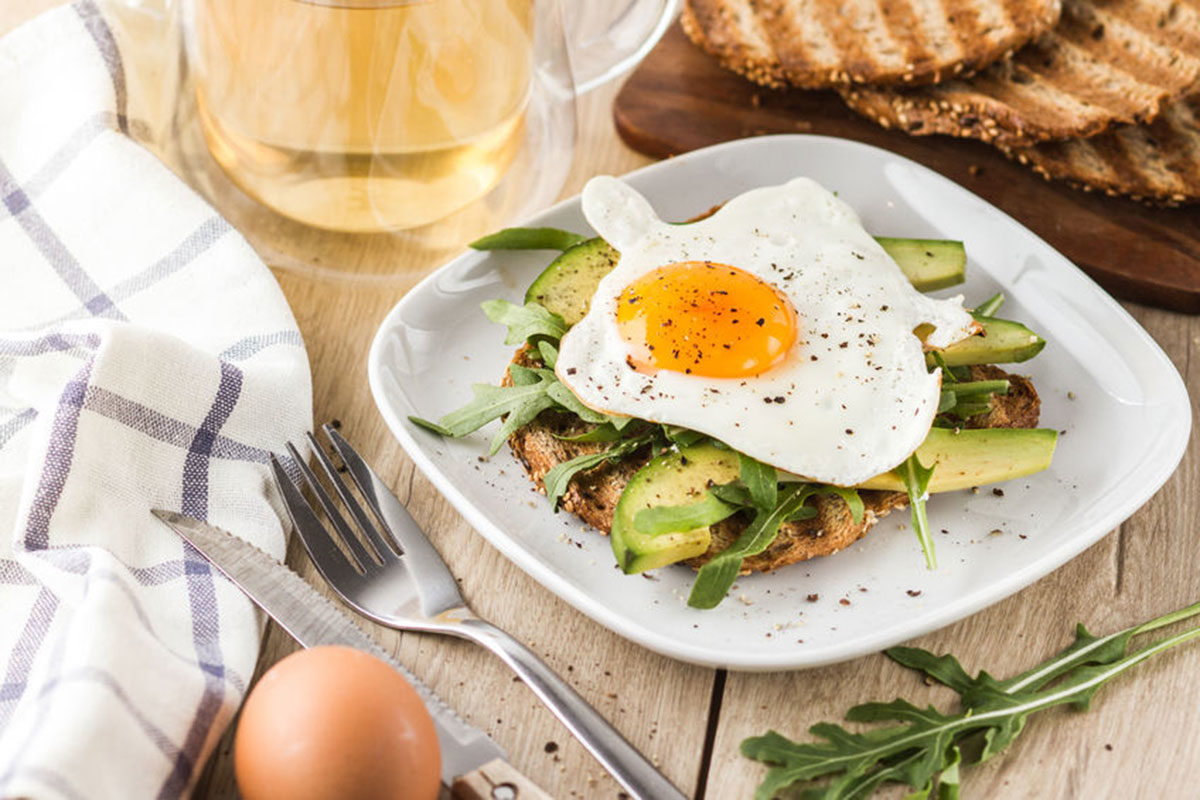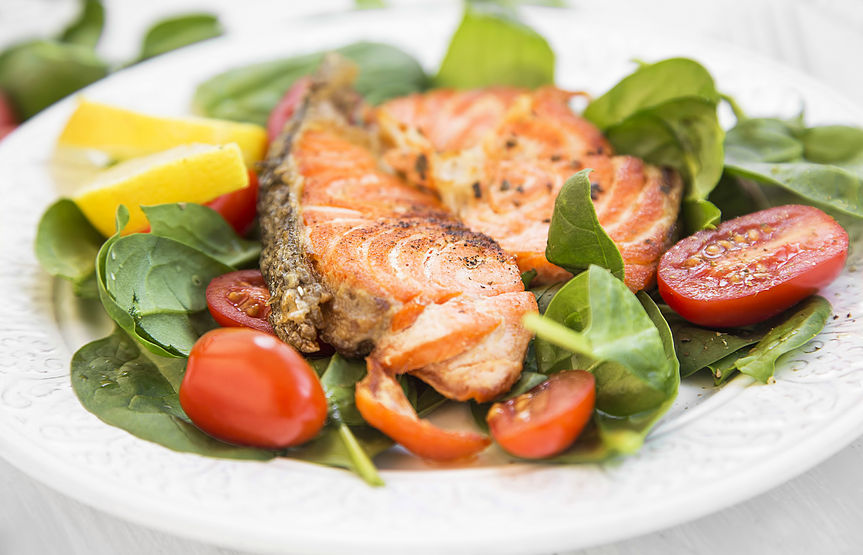We live in a short-cut society. We want things big, and awesome, and we want them NOW. Unfortunately, this desire for instant gratification can be backwards or even harmful when it comes to our health.
There are supplements on the market for just about everything today; joint health, eye sight, heart health, and intestinal support. But do we really know how these supplements stack up against whole-food nutrient sources?
Getting your nutrients in supplement form is tempting because it’s so convenient, especially multivitamins (more on them here) but don’t let your busy lifestyle cheat you out of getting your nutrients from whole foods.
Supplements have their place. As I’m writing this there is a bottle of GABA on my desk (GABA is a neurotransmitter known to produce a calming effect in the body). The trouble with supplements comes when we think they can replace whole foods.
In today’s post we’re looking at antioxidant and how whole food sources stack up against supplements. I give you simple ways to get more antioxidants in your diet, especially if you’re known to skip meals, because you need them.
Antioxidants are just that: they fight (anti) oxidation.
The chemical process of oxidation is like rusting metal. A molecule loses electrons and creates the “free radicals.” Oxidation is also the reason why apples, bananas, and avocados go brown when the skin is broken, and they’re exposed to air – they’re getting oxidized.
Another way of thinking of oxidation is that it’s a form of “stress” inside your body.
Free radicals in the body cause inflammation and can contribute to diseases like cancers, diabetes, and heart disease (to name a few). So, the antidote to oxidation is the antioxidant. Vitamins like vitamins A, C, and E are examples of antioxidants. So are other compounds in foods like carotenoids and phenols. These compounds sacrifice their electrons to stop the oxidation process; this why squirting some lemon juice on your sliced apples, bananas and avocados slows down the browning process.
But don’t think that all oxidation in the body is bad. It’s not. Your body naturally oxidizes compounds all the time when it’s doing healthy things like metabolizing nutrients or exercising.
As with many things in life and health, the key is maintaining a good balance. In this case, as the balance between oxidation and anti-oxidation.
We can throw off that balance with exposure to too much alcohol, smoking, or environmental pollutants. Even over-exercising or too much sun exposure can create too much oxidation.
The best sources of antioxidants to combat this effect are nutritious whole foods, like colourful fresh produce, e.g., blueberries, purple cabbage, etc. In fact, the more colourful and darker the plant is, the higher levels of antioxidants it usually has. Chemicals that give the plants their deep colours are often the antioxidants themselves.
Antioxidants in food
Here’s a list of common antioxidants and the foods they’re found in:
- Vitamin A – Found in liver, dark leafy greens (e.g., kale), orange fruits and veggies (e.g., mangoes, carrots & squashes)
- Vitamin C – Found in bell peppers, citrus, berries, and leafy greens
- Vitamin E – Found in leafy greens, nuts (e.g., walnuts), and seeds (e.g., sunflowers)
- Carotenoids (e.g., beta-carotene, lycopene, etc.) – Found in tomatoes, carrots, squash, sweet potatoes, and salmon
- Phenols – Found in green tea, black tea, coffee, cocoa, red wine, and berries
A lot of these foods are quick and easy to eat, How can you add more green tea to your day? Think beyond your main nutrients (protein, fat and carbs) to the micronutrients that you’re getting from whole foods every day. You could add a handful of nuts as a snack, or eat a salad with coloured vegetables for lunch to get more antioxidants into your day.
Blueberries are probably one of the most studied antioxidant foods. They contain a range of phytochemical (i.e., plant chemical) compounds and are very high in anthocyanins (the blue-coloured compound).
The antioxidant capacity can be measured in a laboratory; this is called the “oxygen radical absorption capacity,” or “ORAC.” And blueberries have one of the highest ORAC levels.
Hey all you coffee lovers: Some studies estimate that the highest source of antioxidants in the average American is not from berries, it’s from coffee! This doesn’t mean that coffee is the highest food offering antioxidants, just the highest one consumed. Can you imagine how much healthier you would be if you added a few more servings of antioxidant-rich fruits and vegetables to your day?
Antioxidant Foods vs. Supplements
While antioxidant supplements have been tested, their results haven’t been as good as many hoped. Compared with eating a nutrient-dense antioxidant-rich colourful array of plants, antioxidants supplements have fallen short.
Many studies of antioxidant supplements haven’t shown any benefit against heart disease, cancer, or other diseases. And these are diseases that are known to be reduced in people who eat a lot of foods that are naturally full of antioxidants.
More isn’t always better. In fact, too much of any individual antioxidant, like when overdoing supplements, can be harmful. Too much vitamin A is linked to increased risk of hip fractures and prostate cancer. Too much beta-carotene increases the risk of lung cancer in smokers. Too much vitamin E increases the risk of prostate cancer, lung infections, heart failure, and even death.
One of the reasons why we think that antioxidant foods work so much better than antioxidant supplements is because of synergy. The concept of synergy means that by taking one component out of healthful food (i.e., the antioxidant), it loses the effect it has when combined with all the other healthy components it came with from nature.
This is the difference between eating a whole orange and taking a vitamin C supplement. The orange is going to have more than just vitamin C, and many of those compounds will work together for overall health better than just isolating one and having higher-than-normal doses of it.
Conclusion
There are antioxidant vitamins (A, C & E) and other antioxidants like carotenoids and polyphenols. They’re highest in colourful fruits and vegetables, nuts and seeds, some meats, tea, coffee, and cocoa.
You can’t replace a diet full of nutrient-dense antioxidant-rich whole foods with supplements. So stick with the foods.
Which antioxidant-rich foods and drinks are your favourites? Let me know in the comments below.
Recipe (Antioxidant-rich): Blueberry Smoothie
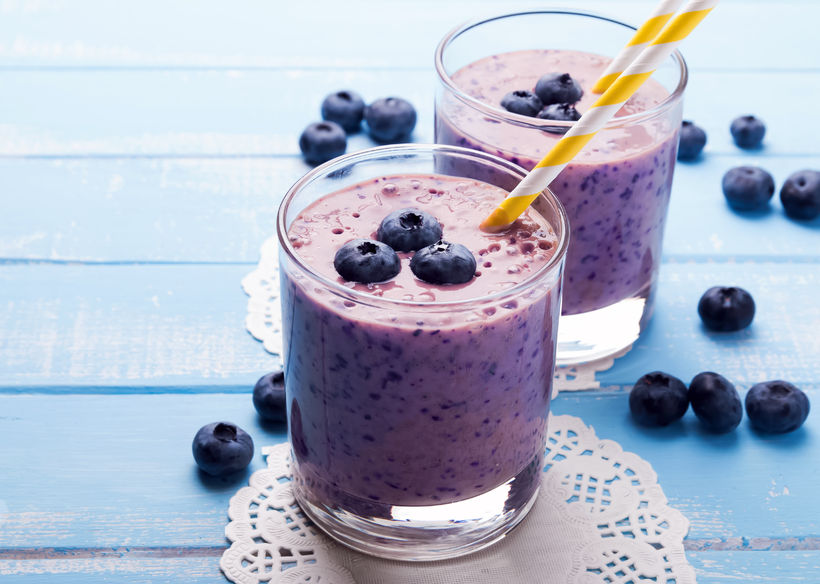
Serves 2
1 handful baby spinach leaves
1 cup blueberries, fresh or frozen
1 banana
1 Tbsp. almond butter
1 Tbsp. flax seeds
1 cup unsweetened almond milk (or coconut water)
1 dash cinnamon
Directions
Place all ingredients in a blender. Blend until smooth.
Serve & enjoy!
Tip: Use any greens you have on hand in place of the spinach.
References:
https://www.precisionnutrition.com/encyclopedia/food/antioxidants
https://www.precisionnutrition.com/soreness-and-blueberries
https://www.precisionnutrition.com/all-about-coffee
https://www.health.harvard.edu/staying-healthy/supplements-a-scorecard
https://examine.com/nutrition/4-science-based-superfoods-you-should-be-eating/
https://www.health.harvard.edu/family-health-guide/swan-song-for-antioxidant-supplements-the
